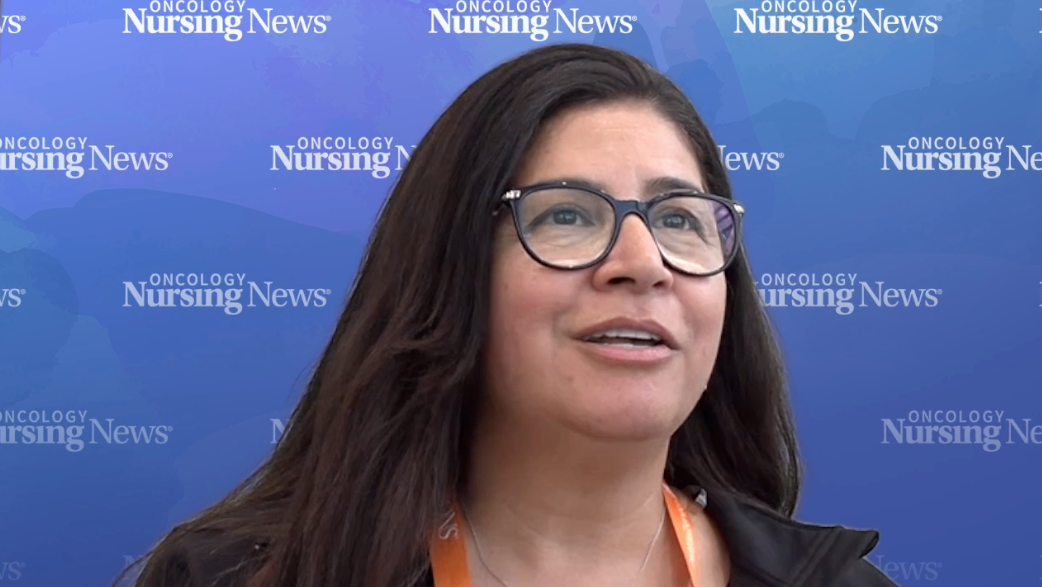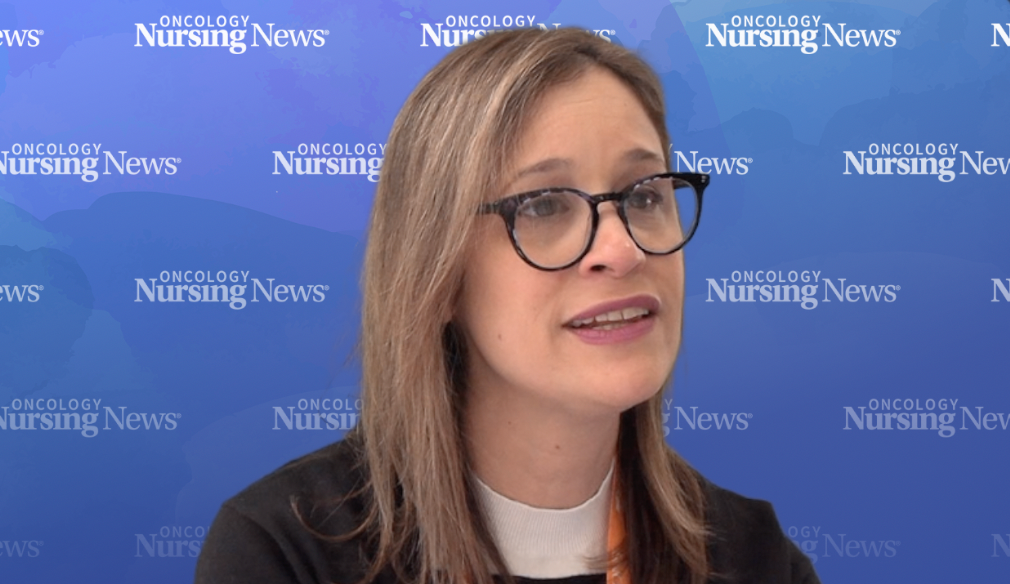Inconsistent Symptom Clusters Warrant Routine Assessments in Older Patients With Cancer
Older patients with cancer demonstrated a moderate to high symptom burden, leading to the need for routine symptom assessments and tailored management interventions.
Inconsistent Symptom Clusters Warrant Routine Assessments in Older Patients With Cancer

Among older patients with cancer, inconsistent symptom clusters, such as physical and cognitive fatigue, chemotherapy-related toxicities, and gastrointestinal (GI) symptoms, may be attributed to aging processes and variations in treatment, compared with younger patients, according to findings presented at the 49th Oncology Nursing Society Congress.1-2
“It's important for clinicians to conduct routine assessments of symptoms in both older and younger patients, and provide tailored symptom management interventions for both,” Lisa Morse, MS, RN, AGCNS-BC, Stanford Health Care, University of California, San Francisco, said during a presentation of the findings.
In the descriptive, longitudinal study, investigators evaluated the stability (whether the same clusters are identified across the 2 age groups) and consistency (whether the specific symptoms within a cluster remain the same across the 2 age groups) of symptom clusters among younger (<60 years; n = 741) and older (≥60 years; n = 602) patients.
Older patients reported a significantly lower mean number of symptoms (12.9 vs 14.8, respectively), compared with younger patients, as well as a significantly lower occurrence for almost 50% of symptoms; however, they reported a significantly higher occurrence of problems with urination.
The most common symptoms reported in both the younger and older groups were lack of energy, difficulty sleeping, pain, and drowsiness.
Regarding severity, 9 (23.7%) of the 38 symptom scores differed between the age groups, with older patients having significantly higher severity scores for cough, shortness of breath, and difficulty breathing. In evaluating symptom distress scores, 3 (7.9%) of the 38 symptom scores differed between the age groups, with older patients reporting significantly higher scores for lack of appetite, cough, and shortness of breath. “This could be related to the higher level of comorbidities experienced by the older group,” Morse added.
Between both groups, inconsistent symptom clusters comprised physical and cognitive fatigue (n = 4; lack of energy, feeling drowsy, nausea, and difficulty concentrating), chemotherapy-related toxicity (n = 4; problems with urination, abdominal cramps, numbness/tingling in hands/feet, and mouth sores), and GI symptoms (n = 4; nausea, weight loss, lack of appetite, and vomiting).
“We found that older patients experienced a moderate-to-high symptom burden,” Morse said, adding that inconsistencies in symptom clusters may be attributed to aging processes and/or variations in treatment.
“We know that the global population is aging, and it's predicted that by 2035, nearly 50% of newly diagnosed cancer cases will be in older adults. And the literature shows that older patients with cancer experience 9 to 10 unrelieved symptoms, [which] affect patient outcomes, such as treatment adherence, ability to perform activities of daily living, and quality of life,” Morse explained. “It's important for us, as clinicians, to understand how aging imposes on older patients’ symptom burden so we can provide targeted management strategies for this growing [population].”
Because patients with cancer rarely present with a single symptom, investigators aimed to evaluate for age difference in the occurrence, severity, and distress of 38 symptoms, and to identify and compare symptom clusters between younger and older patients.
To be included in the study, patients had to be 18 years of age or older; have a diagnosis of breast, gastrointestinal, gynecological, or lung cancer; were scheduled to receive 2 or more additional cycles of chemotherapy; and able to read, write, and understand English. The trial was conducted across 2 comprehensive cancer centers, 1 Veterans Affairs hospital, and 4 community-based oncology programs.
Investigators used a demographic questionnaire, clinical questionnaires, and the Memorial Symptom Assessment Scale (MSAS), from which all data were collected prior to the second or third cycle of chemotherapy.
The cohort of younger patients were a median age of 48.4 years, with 83.9% being female, while the older cohort was a median age of 68.0 years, and 70.2% were female. The older group of patients were more likely to live alone (25.9% vs 17.8%, respectively), less likely to be employed (26.5% vs 42.0%), and have a lower household annual income. Further, this cohort demonstrated a higher number of comorbidities (2.8% vs 2.1%, respectively), a poor functional status (81.2% vs 79.0%), a lower MAX-2 score (which indicates the toxicity of the chemotherapy regimen), a higher number of prior cancer treatments (1.7 vs 1.5), and were more likely to have metastatic disease.
Morse acknowledged that the study may be limited by its cross-sectional analysis, the fact that it was primarily homogenous in terms of race, ethnicity, and socioeconomic status, and it may have underestimated symptom burden.
“Our findings may help to improve comprehensive geriatric assessments for setting up symptoms [that are] unique to our older patients undergoing chemotherapy,” Morse said, adding that it will be important for future studies to evaluate the underlying mechanisms that explain the inconsistencies found in their symptom clusters.
“This will help us identify target approaches for good management,” she added. “And another consideration for future research is to use biological agents to better reflect differences associated with aging. I think it would be really interesting to do the study again using biological age to see what we find.”
Disclosures: Morse has no relevant disclosures to report.
References:
- Morse L, Cooper B, Paul S, Miaskowski C. Consistency and Stability of Symptom Clusters in Younger Versus Older Patients Receiving Chemotherapy. Presented at: 49th Annual ONS Congress; April 24-28, 2024; Washington D.C.
- Morse L, Cooper BS, Ritchie CS, et al. Stability and consistency of symptom clusters in younger versus older patients receiving chemotherapy. BMC Geriatrics. 2024;24:164. doi:10.1186/s12877-024-04755-2.




